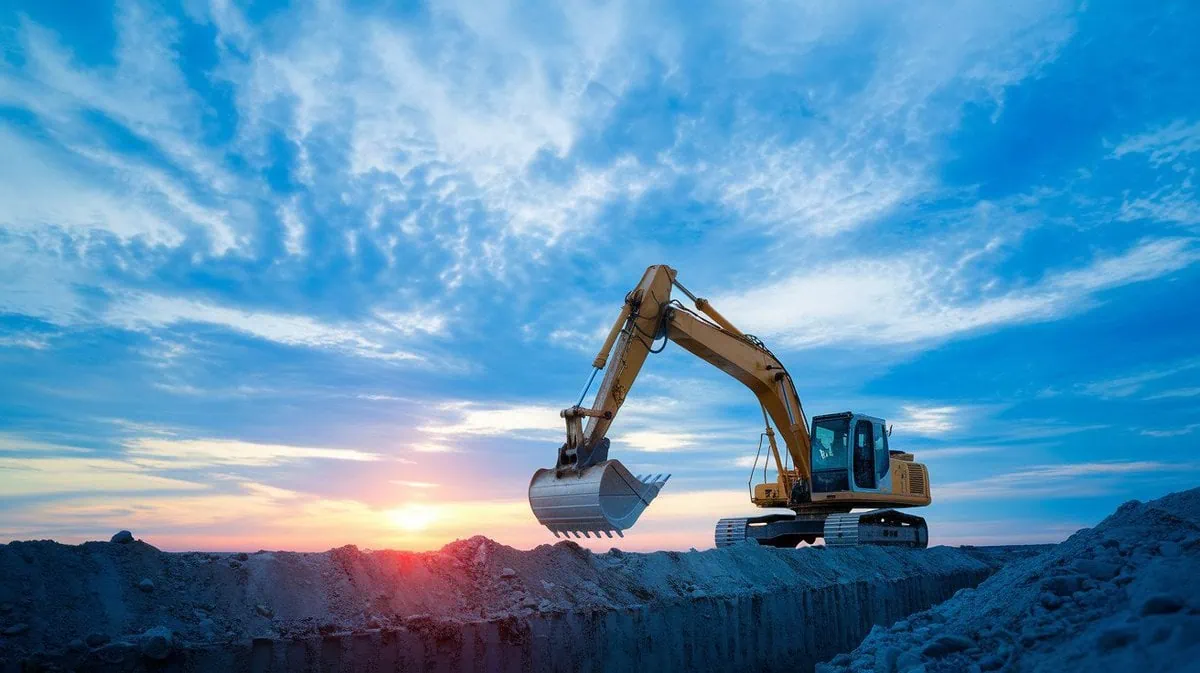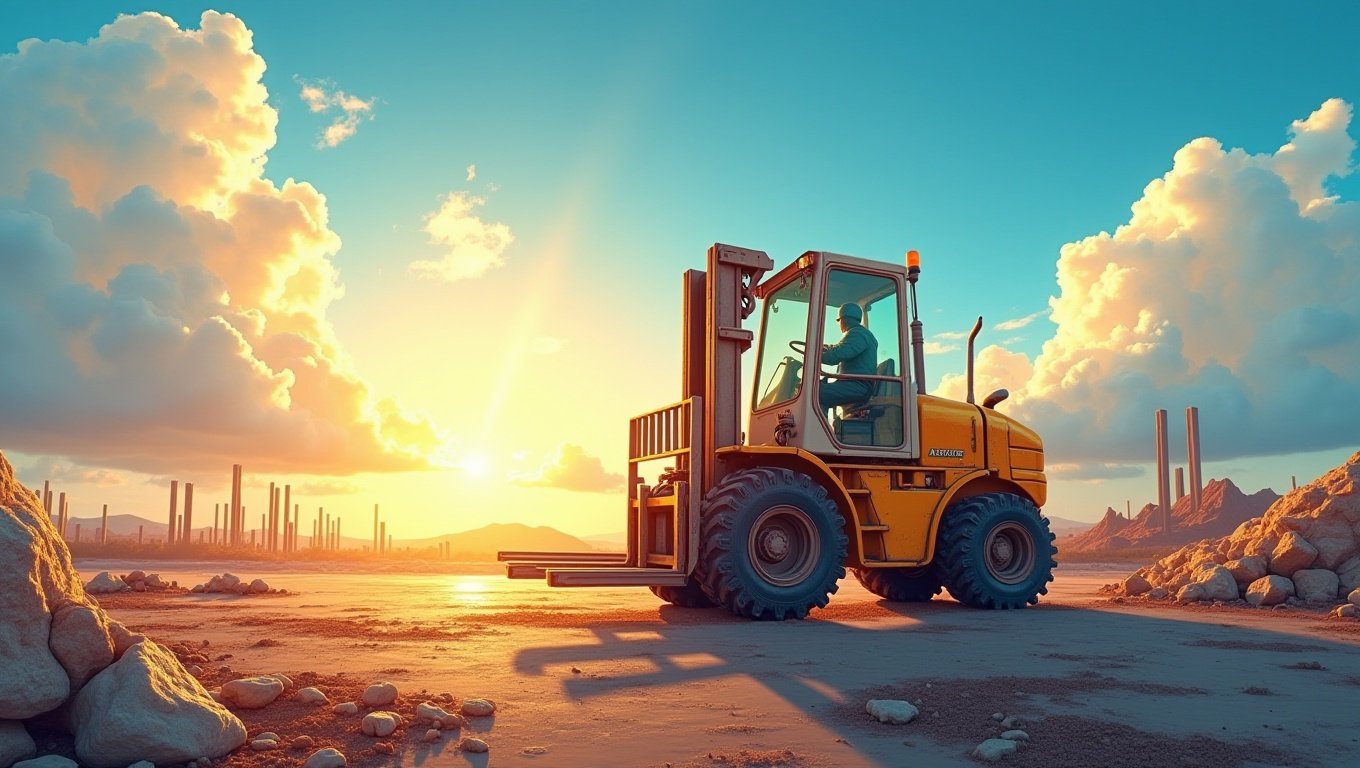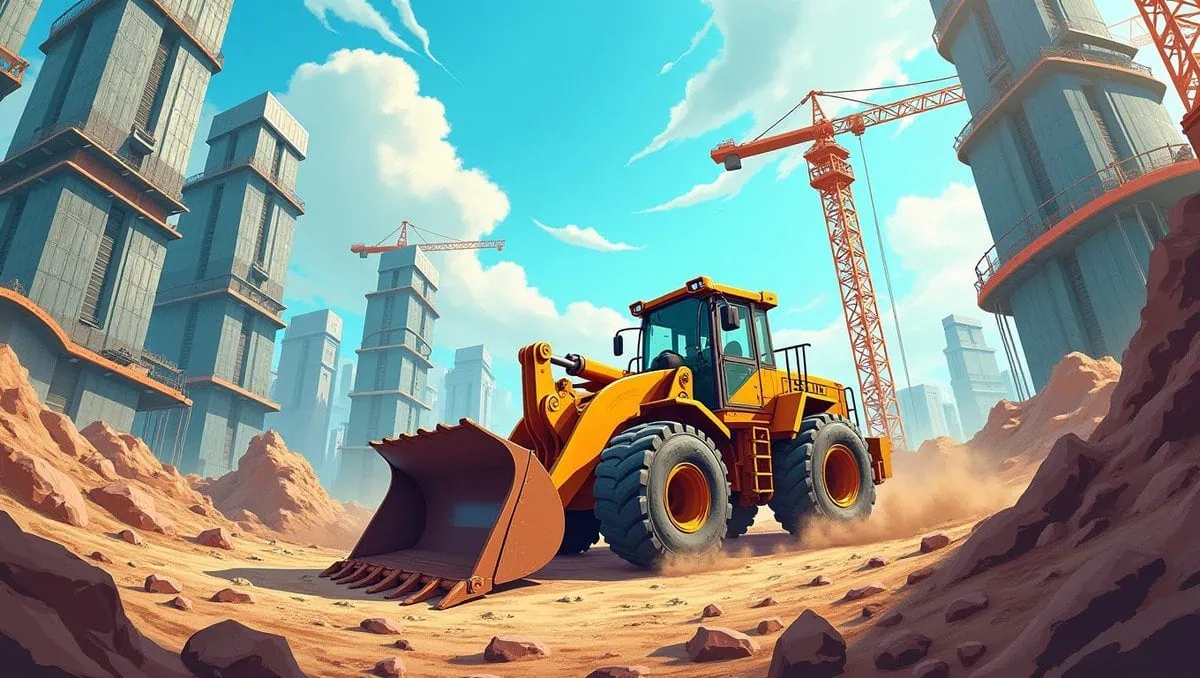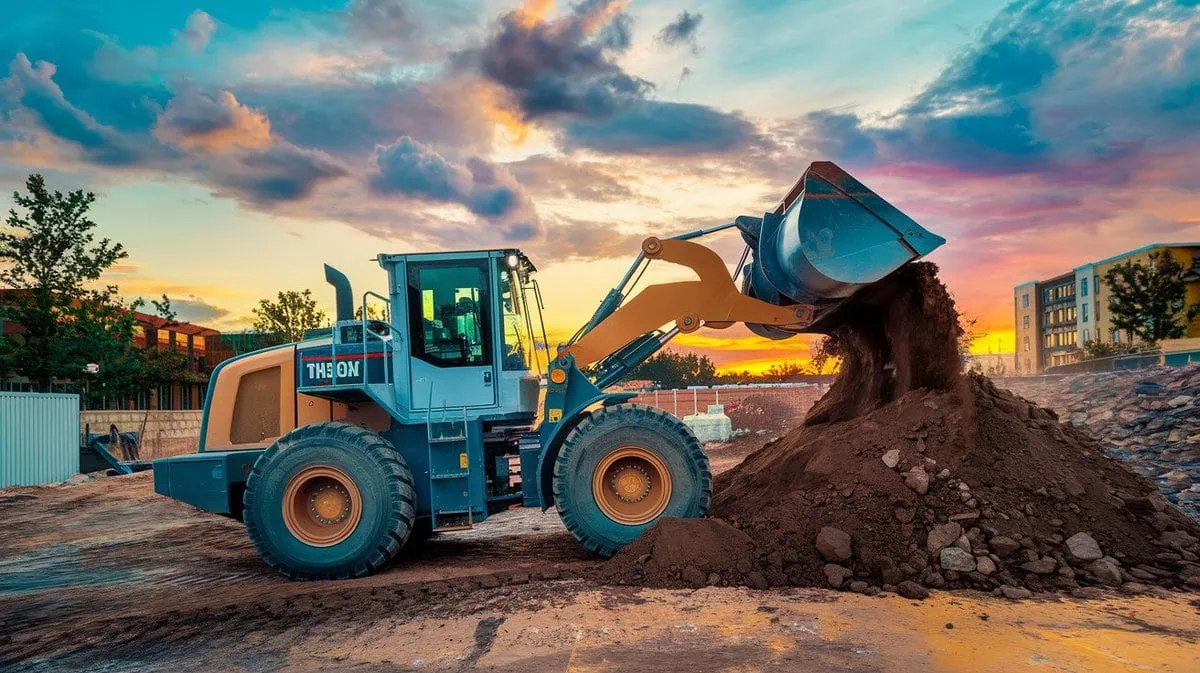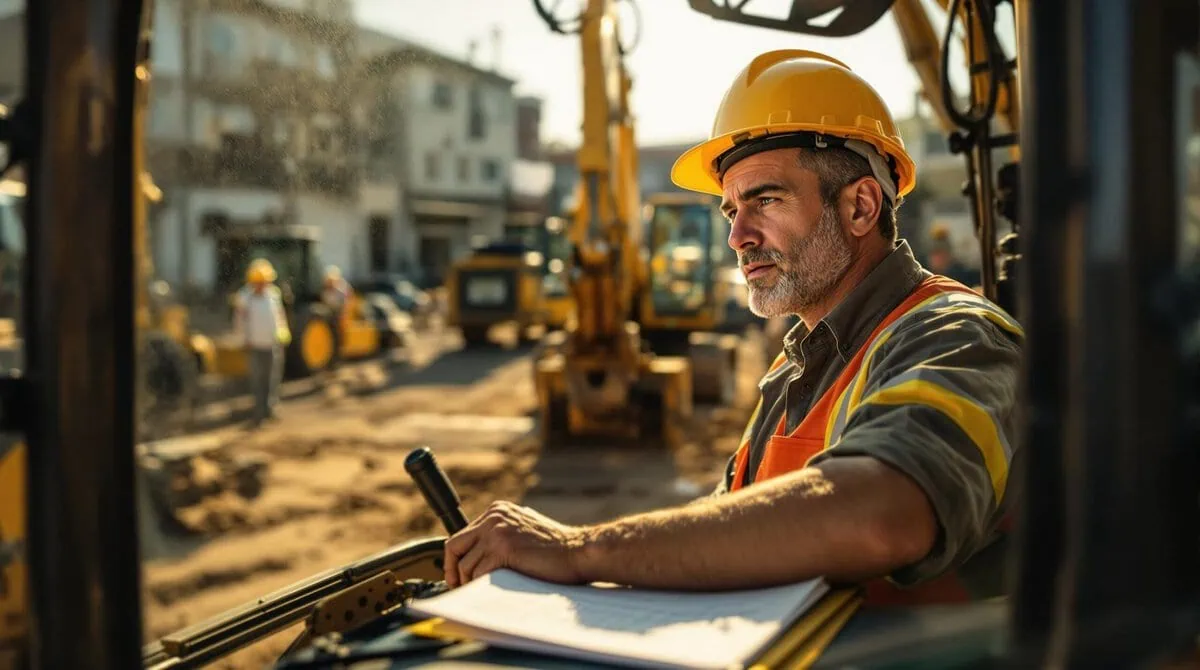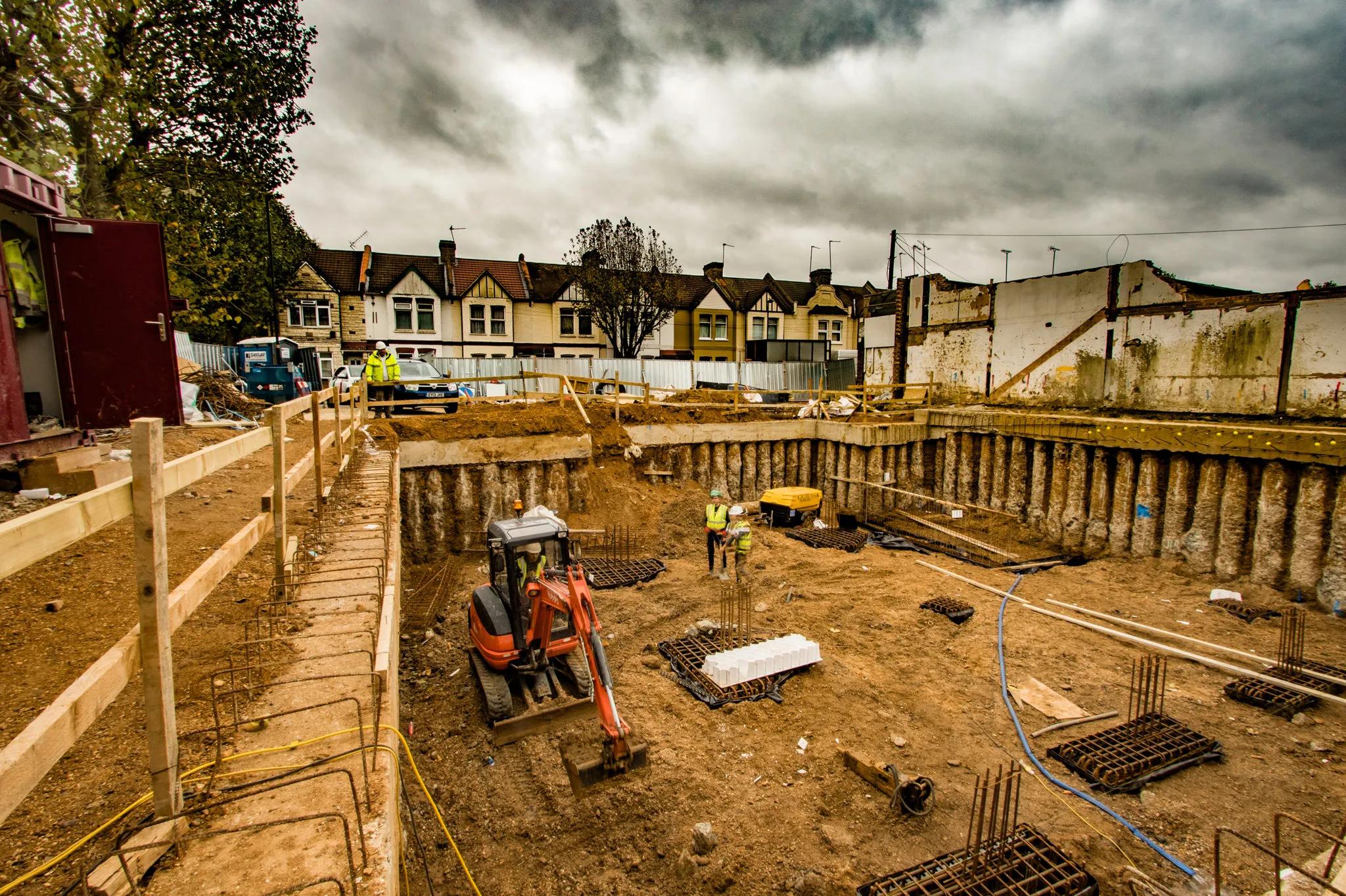Choosing the right tool for the job is critical. If you use the wrong piece of machinery, it could increase costs and negatively impact your project. To find out which machine best suits your project, read on.
What are the Primary Functions of Excavator vs Bulldozer?
The primary function of bulldozers is to push and level soil, while excavators and backhoes are used for digging and lifting materials. The Cat D8T is used for pushing and leveling soil, including lowering the ground to the required grade during the construction process. Basically, a bulldozer is used to clear an area and a hole is made to put in a foundation. At this point, the bulldozer is no longer needed. This is where your excavator would come into play. Excavators can also dig holes, but these are for foundations. They are can also be used to backfill, assist in moving materials, clear areas, and more.
What are the Cons of Bulldozers?
Despite their advantages, bulldozers have their drawbacks as well.
Bulldozers are bulky, not fuel-efficient, and not as nimble in tight spaces or for precision work.
For example, the Komatsu D155A is very powerful, but its size can make it hard to use in small areas or on projects that require intricate work. Bulldozers are also known for using a lot of fuel, especially if operated over an extended period of time. They don’t have the precision for detailed excavation work and can struggle with a big turning radius in small or tight areas.
Bulldozers can also be expensive when it comes to maintenance. They get beat up and take a lot of abuse, wearing down and needing lots of repairs as time goes on.
What are the Disadvantages of Excavators?
Excavators are highly versatile and can handle a wide range of tasks, but they are not without their limitations.
Excavators have higher upfront costs and are less efficient for large-scale land clearing compared to bulldozers.
Take the CAT 320D, a highly capable excavator. While it is excellent for digging and lifting, it is not as efficient for massive earthmoving projects compared to bulldozers. Excavators also require skilled operators and training for safe use is necessary due to the complexity of their controls. Their slower pace in handling bulk material makes them less ideal for projects where speed is essential.
Additionally, excavators tend to have a higher cost of ownership due to their advanced hydraulic systems and the need for regular maintenance. Replacing components such as the hydraulic pumps and hoses can add significant expenses to the operation.
What is the Difference Between an Excavator vs Bulldozer?
Though both bulldozers and excavators are essential for construction, their applications are quite different.
Excavators, such as the Komatsu PC300-8, are primarily designed for digging, lifting, and material handling, while bulldozers, such as the CAT D9, are built for pushing and leveling soil.
Bulldozers rely on their immense power to push large amounts of material across the site, making them ideal for land preparation. Excavators, however, are much more versatile and precise. They are used for specific tasks like digging trenches, excavating foundations, or loading materials into trucks. This flexibility makes excavators an essential tool for projects that require detailed and varied tasks.
What are Bulldozers Best Used For?
Bulldozers are unmatched when it comes to heavy-duty tasks that require raw power and efficiency.
Bulldozers are best used for large-scale earthmoving, clearing obstacles, and site preparation.
For example, the CAT D6R is commonly used for leveling ground and pushing heavy loads of soil, rocks, and debris. Bulldozers excel in environments where the terrain is rugged, and large amounts of material need to be moved quickly. They are particularly effective for tasks like clearing brush, knocking down trees, and preparing a site for future construction.
In addition, bulldozers have exceptional durability. Machines like the Komatsu D85EX are built to withstand extreme conditions, from dense forests to rocky, uneven terrain.
Is a Dozer or Excavator Better for Clearing Land?
Land clearing requires a balance between speed and precision, which varies depending on the machine used.
For clearing vegetation and leveling land, a dozer is better; for precision digging, an excavator is ideal.
If the job requires removing trees and leveling the terrain quickly, bulldozers like the Sany SD32 offer unmatched efficiency. They can easily knock down small to medium-sized trees and push large amounts of material out of the way. However, when it comes to tasks like removing roots, and stumps, or digging out specific areas of land, excavators such as the CAT 330D are much more suited. Their precision allows for detailed work without damaging the surrounding environment.
Is an Excavator or Dozer Better for Clearing Land?
Both excavators and bulldozers bring unique strengths to land-clearing tasks.
Excavators are better for precision work, while bulldozers are more efficient for large-scale land leveling.
When faced with large areas of land that need clearing, a bulldozer like the Komatsu D475A is often the best choice due to its power and efficiency. It can handle large amounts of debris in less time than an excavator. However, if precision and maneuverability are required, especially in areas with obstacles like rocks or uneven terrain, an excavator like the Sany SY215C can perform the task with greater finesse and control.



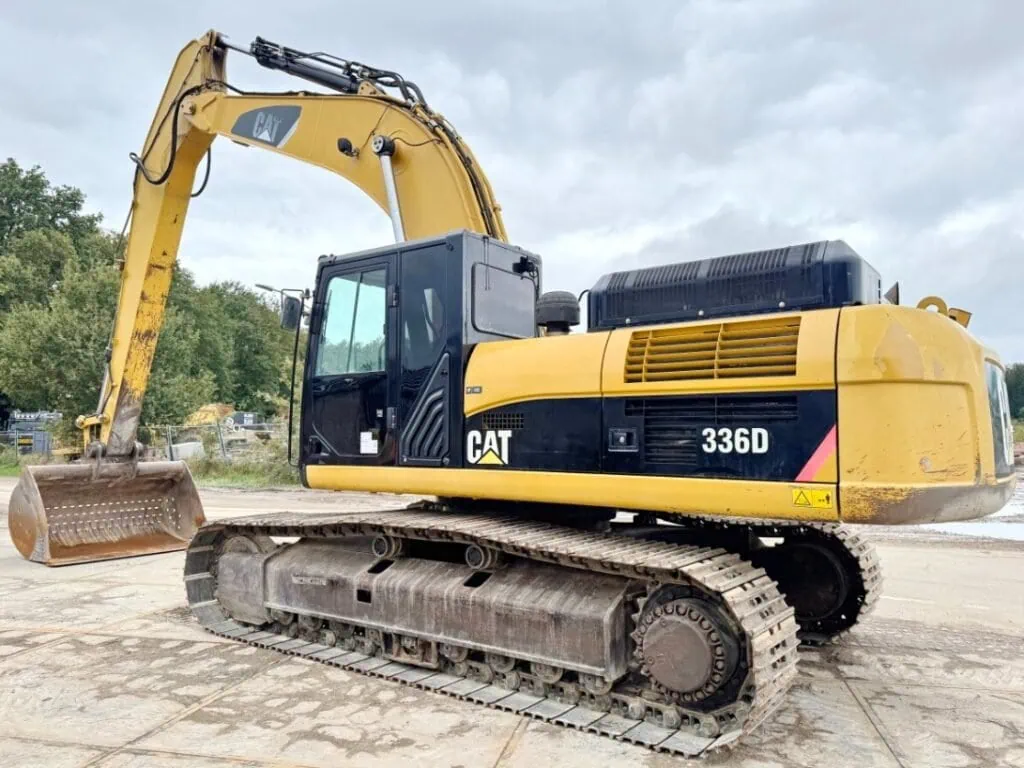


Which is More Cost-Effective for Long-term Use?
When discussing long-term use and cost-effectiveness of bulldozers and excavators, it depends on the nature of your project.
Excavators have a higher upfront cost, but the machine is more cost-effective to own long-term; 320D Excavator is initially more expensive, but it saves you time and money when you’re doing multiple tasks. There might be a project where you’re moving a lot of dirt, but then all of a sudden you have a trench to dig and you need to load some trucks.
Then on some days, you need to pick up some dirt and move it over here. That’s where an excavator can really save the day. But I’ll give you an example where it might be better to have a D7E over a CAT 320D. If you’re moving a whole lot of dirt at once just to level off a big old area, a D7E is the way to go.

